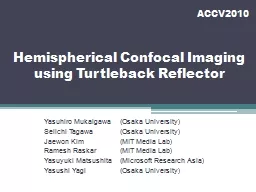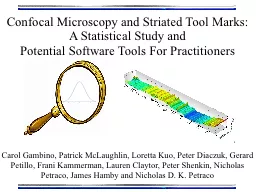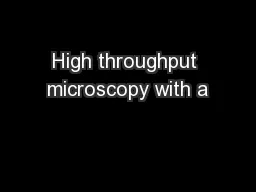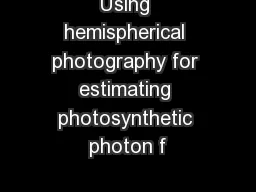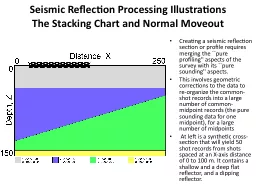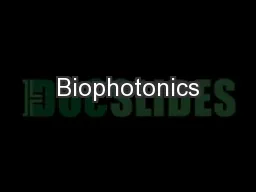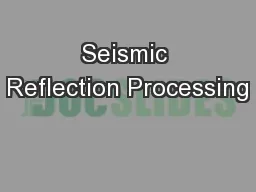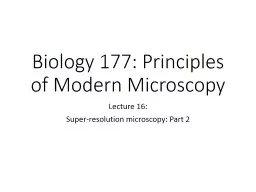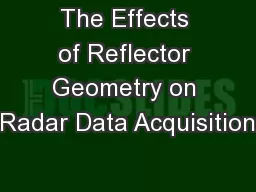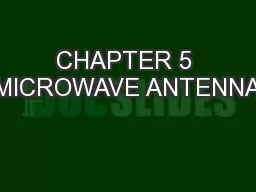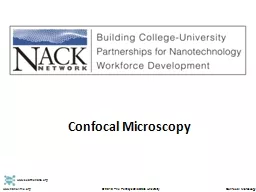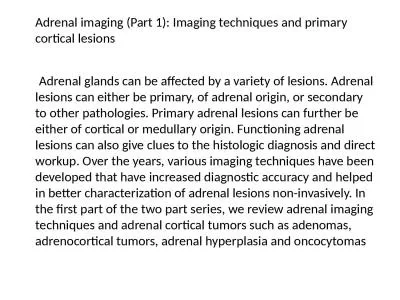PPT-Hemispherical Confocal Imaging using Turtleback Reflector
Author : natalia-silvester | Published Date : 2016-05-04
Yasuhiro Mukaigawa Osaka University Seiichi Tagawa Osaka University Jaewon Kim MIT Media Lab Ramesh Raskar MIT Media Lab Yasuyuki Matsushita Microsoft Research Asia
Presentation Embed Code
Download Presentation
Download Presentation The PPT/PDF document "Hemispherical Confocal Imaging using Tur..." is the property of its rightful owner. Permission is granted to download and print the materials on this website for personal, non-commercial use only, and to display it on your personal computer provided you do not modify the materials and that you retain all copyright notices contained in the materials. By downloading content from our website, you accept the terms of this agreement.
Hemispherical Confocal Imaging using Turtleback Reflector: Transcript
Download Rules Of Document
"Hemispherical Confocal Imaging using Turtleback Reflector"The content belongs to its owner. You may download and print it for personal use, without modification, and keep all copyright notices. By downloading, you agree to these terms.
Related Documents

